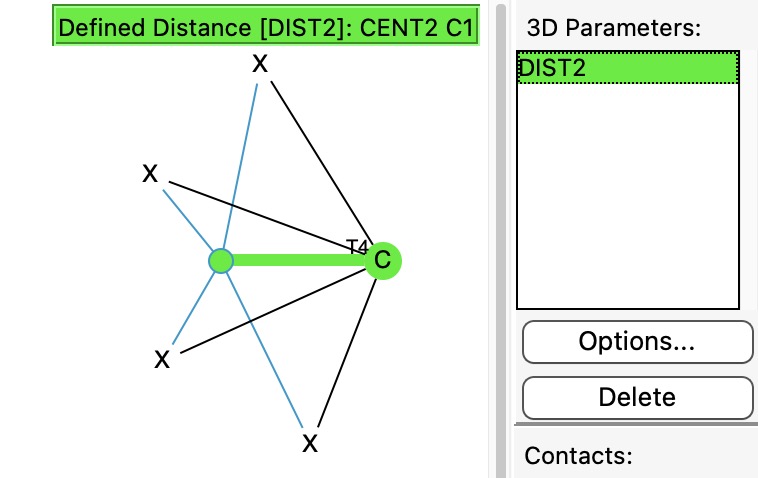Science frequently works by people making connections between related (or even apparently unrelated) concepts or data. There are many ways of helping people make these connections – attending a conference or seminar, searching journals for published articles and nowadays also searching for data are just a few examples. For about 20 years now, one technology which has been helping to enable such discoveries is what are called “Persistent IDentifiers” or PIDs. These are unique labels which can be attached to a (scientific) object such as a journal article, a dataset or a researcher. The PIDs for the first two examples have become better known as DOIs (digital object identifier), the last is known as an ORCID. The PID is registered with a registration authority. Two of the oldest and best known authorities are CrossRef for journal articles, funders (etc) and DataCite, who specialise in citable identifiers for data. The registration process includes creating and adding a metadata record to the PID, the record is then indexed and can then be used for searching for the objects. The terms of these metadata records are carefully controlled to use specified and standardised vocabularies to describe the objects (one current initiative in chemistry in this area is described here[1]).
References
- R.M. Hanson, D. Jeannerat, M. Archibald, I.J. Bruno, S.J. Chalk, A.N. Davies, R.J. Lancashire, J. Lang, and H.S. Rzepa, "IUPAC specification for the FAIR management of spectroscopic data in chemistry (IUPAC FAIRSpec) – guiding principles", Pure and Applied Chemistry, vol. 94, pp. 623-636, 2022. https://doi.org/10.1515/pac-2021-2009
